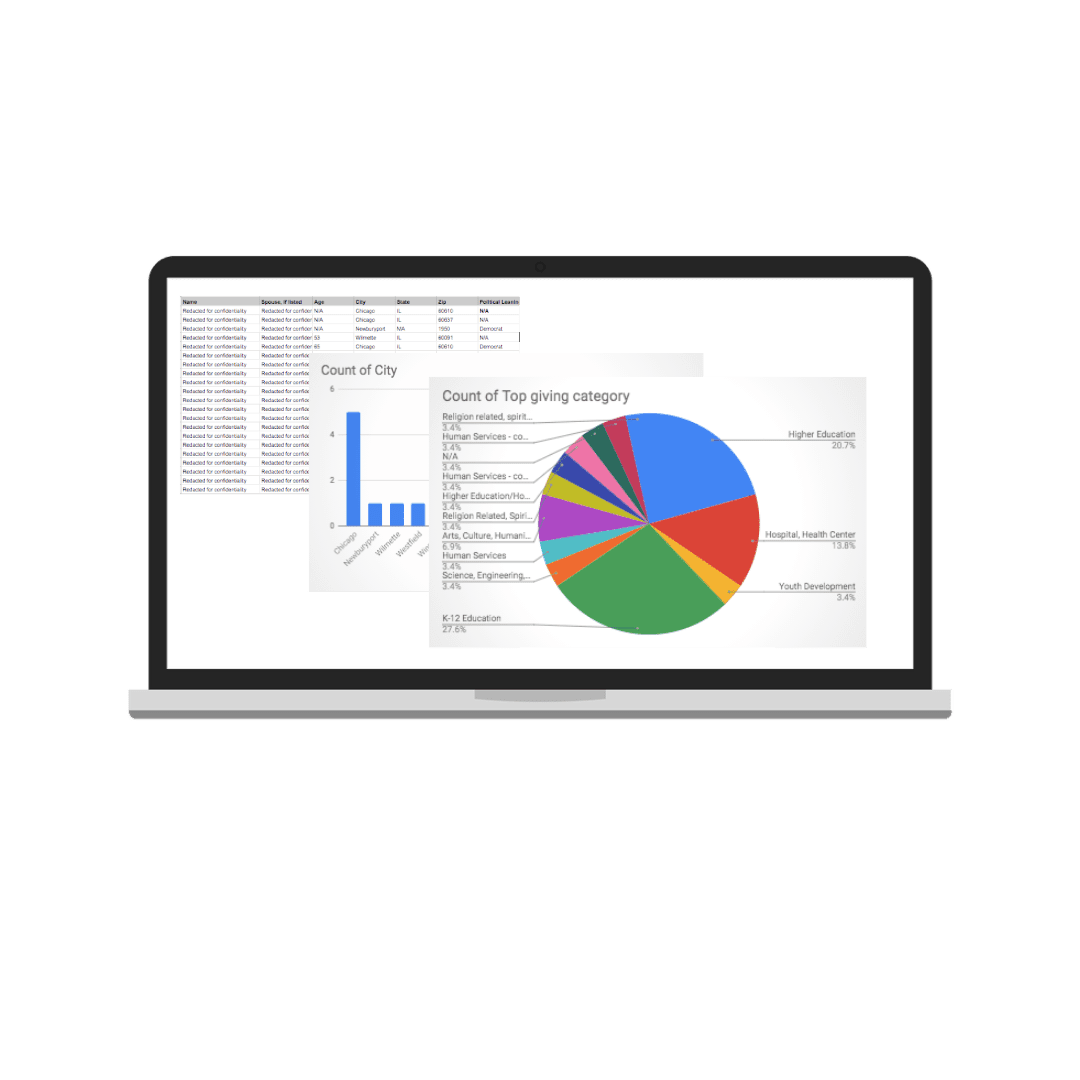Digital donor acquisition is more important than ever in the precarious fundraising landscape COVID-19 has created. Nearly every nonprofit organization I’ve ever collaborated with has struggled with donor attrition, and the pandemic may be accelerating this attrition.
That’s why every organization needs a solid new donor acquisition strategy. If you don’t replace lost donors with new ones, your organization will struggle to continue to move its mission forward. And as Greatest Generation and Baby Boomer donors continue to age, the need to acquire more Gen X and Millennial donors will become more apparent than ever.
Fortunately, thanks to the rise of digital marketing, options for new donor acquisition are continually improving. Gone are the days when your only option for reaching new donors was purchasing a list, sending an appeal and hoping for the best.
In this post, we’ll cover three types of digital campaigns you can run to acquire new donors:
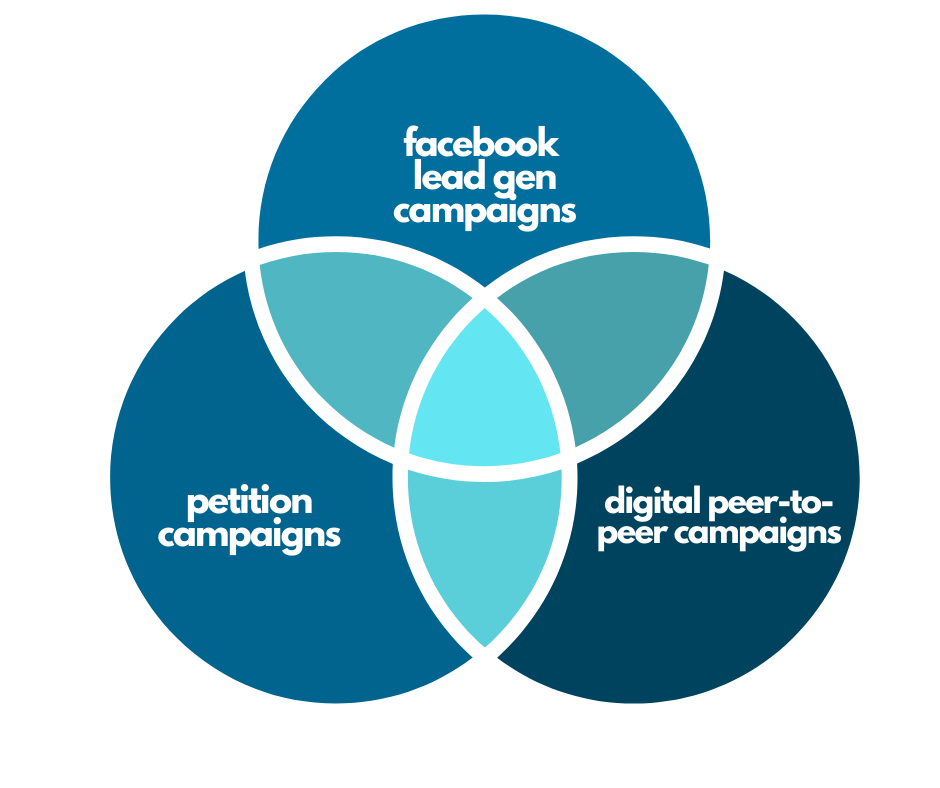
-
- Facebook lead generation campaigns
-
- Petition campaigns
- Digital peer-to-peer campaigns
But first, let’s make sure you’ve put the necessary foundation in place to set your organization up for effective digital donor acquisition.
Do These Things To Set the Foundation for New Donor Acquisition
Set a Goal
“We need to increase the number of new donors we acquire each year” does not qualify as a goal. If you want to optimize both the time and the money you spend on new donor acquisition, you need to be specific about the number of new donors you will aim to acquire over a specific time period, and set targets based on how much you expect them to give.
To determine your goal, follow these steps:
1. Pull data from the last 3-5 years on how many donors you’ve lost, how many new donors you’ve acquired, and your average annual donation amount from newer donors.
2. Determine how many new donors you’d need to acquire each year just to “break even,” or keep your total number of new donors stable. This should be your minimum goal.
3. Ideally, you’ll want to do more than just break even. To determine how many new donors you 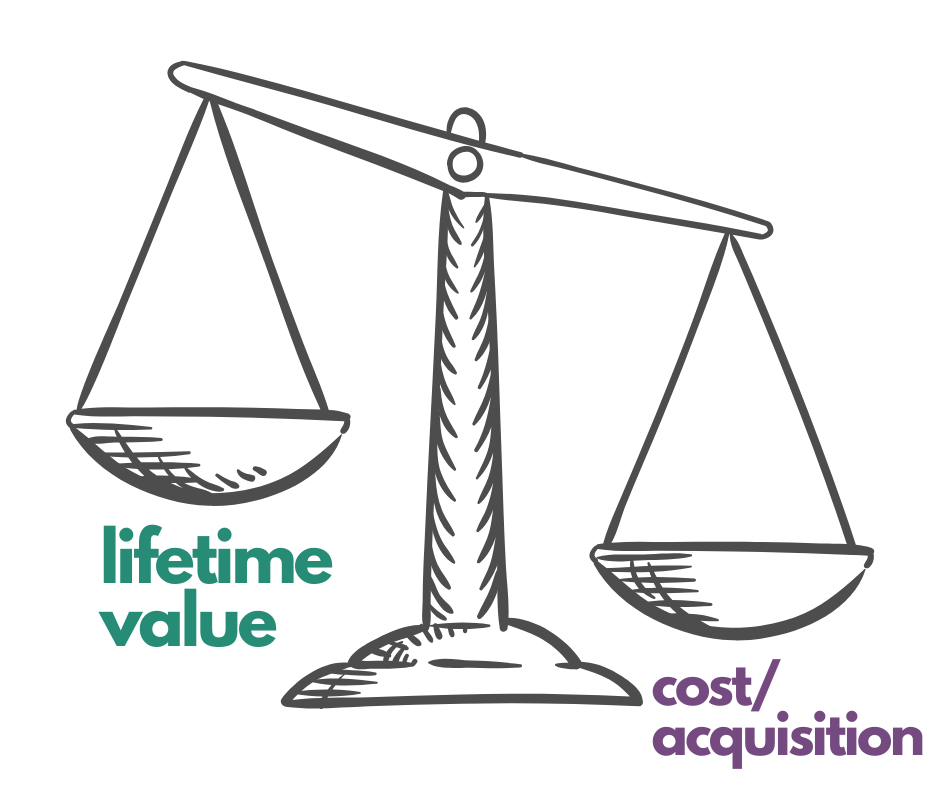 can realistically expect to add beyond your break even point, pull any data you might have available on the cost per acquisition from your past donor acquisition efforts, and divide your total budget available for new donor acquisition by that number. So for example, if it has historically cost you $100 to acquire a new donor and your total donor acquisition budget is $50,000 over the next year, you should realistically expect to acquire 500 donors over that time period. If you don’t yet have a set budget for new donor acquisition, you can also run this formula in reverse by ballparking a number of new donors you’d like to acquire and multiplying that number by your cost per acquisition. Ideally, you want the eventual lifetime value of a donor to be at least 10x the cost of acquiring that donor.
can realistically expect to add beyond your break even point, pull any data you might have available on the cost per acquisition from your past donor acquisition efforts, and divide your total budget available for new donor acquisition by that number. So for example, if it has historically cost you $100 to acquire a new donor and your total donor acquisition budget is $50,000 over the next year, you should realistically expect to acquire 500 donors over that time period. If you don’t yet have a set budget for new donor acquisition, you can also run this formula in reverse by ballparking a number of new donors you’d like to acquire and multiplying that number by your cost per acquisition. Ideally, you want the eventual lifetime value of a donor to be at least 10x the cost of acquiring that donor.
Determining your goals isn’t an exact science. Keep these nuances in mind:
- The cost per donor acquired can vary widely by organization and giving level, and different types of campaigns can yield wildly different results. The best way to get a figure to use in your calculations is by studying historical results from your own organization. If you don’t have any past data to work off of, start by estimating somewhere in the range of $100-$300 per donor acquired and adjust once you’ve done some testing.
- Determining appropriate targets for your cost per donor acquired makes a whole lot more sense when you understand the lifetime value of a donor for your organization.
- Some new donor acquisition efforts will be more cost-effective than others. As you put fresh new donor acquisition campaigns into practice, keep track of how your cost per donor acquired changes, and continue to adjust your estimate.
Get to Know Your Donors (and Donor Targets)
Do you understand the demographic and psychographic profiles of your donors, especially the newly acquired ones? Do you have insight into their age, income level, education, interests and the media they consume? If not, it’s critical to get clear on who is giving to your organization now, before you invest a lot of money into new donor acquisition. Run analyses on your existing donor database, paying specific attention to those who gave their first gift in the last ten years. Look for trends in:
- Age
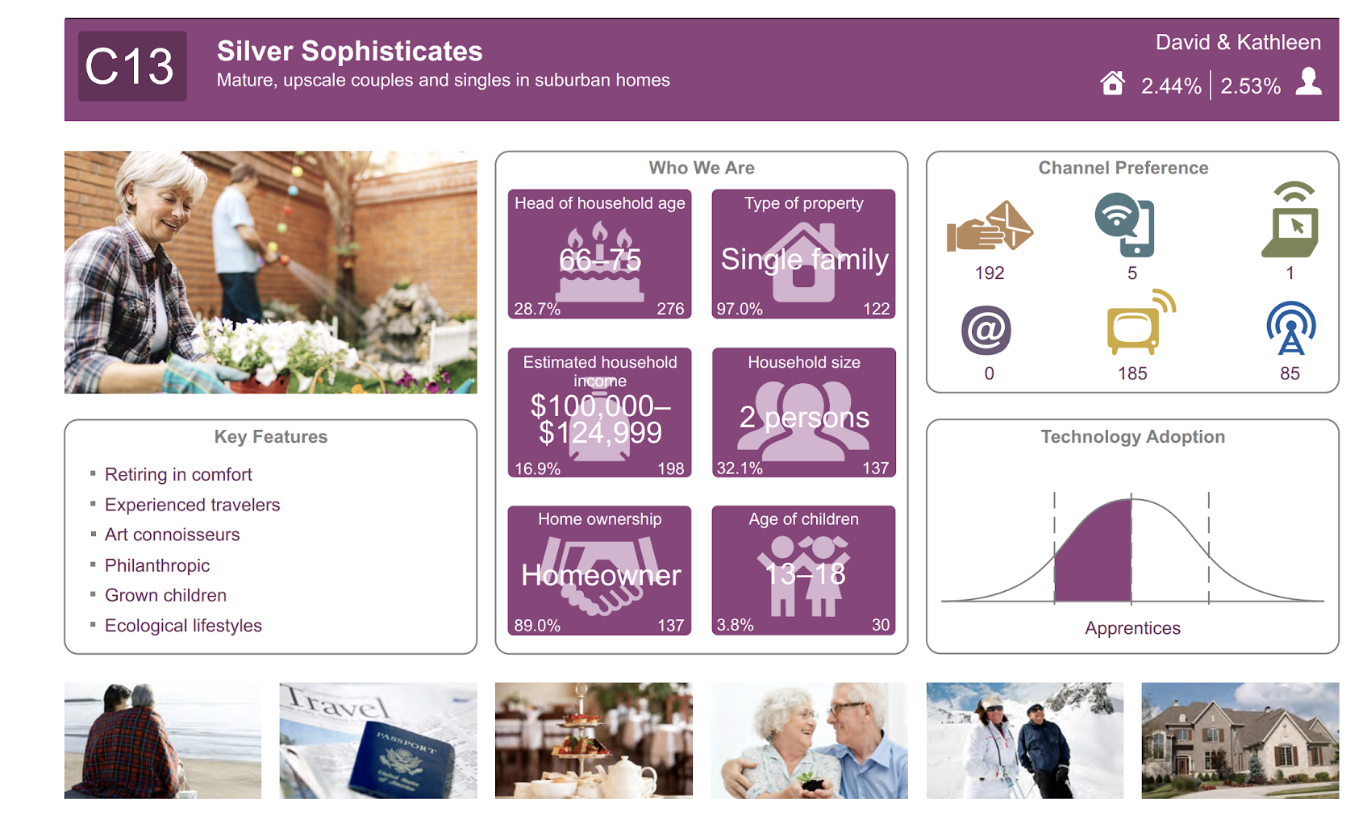
- Gender identity
- Political affiliation
- Location
- Household income
- Other areas of giving
- Education
- Mosaic score (which can indicate interests, media consumption habits, etc.)
It’s likely that you’ll want to target others who align with these trends when running new donor acquisition campaigns.
In some cases, however, you might need to reach new donors who are quite different from your existing donor base. This is especially common in organizations that have acquired very few new donors in the last several years, and in organizations that have changed their mission, approach or messaging and no longer appeal to the same sorts of donors as a result. In cases like these, it can be useful to look at data on who is giving to other organizations similar to yours (or that you aspire to be like), and find trends by mining data about their donors from their annual reports. At Prosper Strategies, we’ve developed a proprietary process for doing this sort of reverse data engineering that we can tell you more about when you contact us.
As you look at the data, develop one or several “target donor profiles” that detail the sorts of donor prospects you’ll aim to target based on criteria like those on the bulleted above.
We’ve created a free template you can use to gather data on your existing donors and/or those who give to other similar organizations and analyze trends among them. Download it here.
Make Sure You’re Ready to Track Results
Are your donor database and website analytics tools set up to properly track new donor acquisition efforts? Make sure you’re able to seamlessly track data on:
- Number of new donors acquired
- Source of each new donor
- Amount of first gift from each new donor
- Subsequent gift amounts from each new donor
- Lifetime value of each new donor
- Annual cost of donor acquisition efforts (including paid campaigns and staff time)
- Cost per new donor acquired (annual cost of new donor acquisition efforts / new donors acquired per year)
- Return on new donor acquisition investment (lifetime value of new donors acquired in a year – annual cost of new donor acquisition efforts)
Setting up your systems to gather and track all this data is a lot of work, but it’s the only way to ensure you’re spending wisely on your new donor acquisition efforts and seeing a strong return on your investments.
With these foundational elements in place, you’re ready to start running new donor acquisition campaigns.
Here Are Three Types of Digital New Donor Acquisition Campaigns You Can Experiment With
Digital New Donor Acquisition Campaign Type 1: Facebook Lead Generation Campaigns
Most fundraisers don’t realize that Facebook advertising can be a powerful tool for new donor acquisition. We first experimented with using the social network’s lead ad format to acquire new donor leads last year with clients like the McCormick Foundation, and we were floored by the results. Here’s how it works: 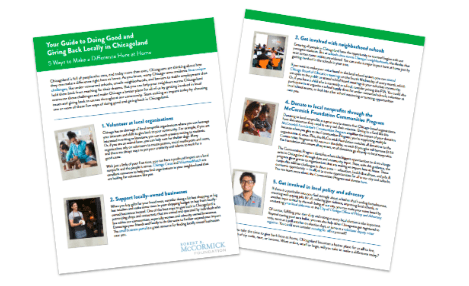
1. Develop a piece of content you think your prospective donors would be interested in. In the McCormick Foundation’s case, we developed a two-page resource called the Guide to Doing Good and Giving Back in Chicagoland. We hypothesized that this guide would be appealing to the Foundation’s target donors because so many of them were based in Chicago and cared deeply about local issues.
2. Create lead ads that ask Facebook users to provide their contact information in exchange for access to the content you created. Here’s an example lead gen ad and the landing page it directed to: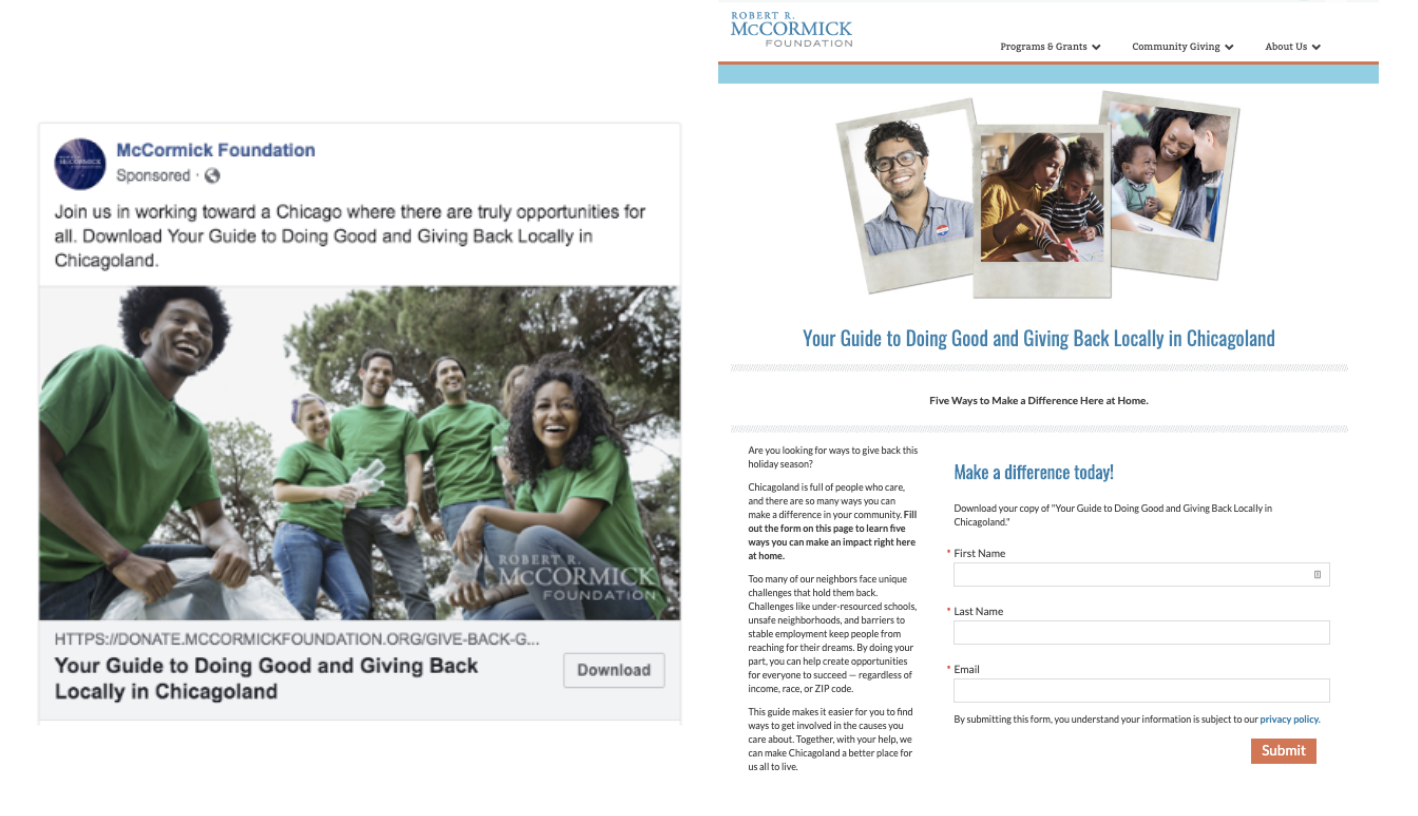
3. Target your lead ads at a “lookalike” audience that resembles your existing donor base, or at the new donor target profiles you developed in preparation for this campaign. Facebook allows you to target criteria like age, location, political affiliation, interest, household income and more.
4. As people provide their contact information in exchange for the content you created, you’ll get a list of their names, email addresses, and in some cases their mailing addresses. You could begin to solicit these leads right away, but we don’t recommend it. Instead, we recommend dropping the new contacts into an email nurturing campaign intended to educate them about your organization and build up your case for support before you make any direct ask. You can create an automated email nurturing campaign using a tool like Mailchimp, Constant Contact or HubSpot.
5. After a new donor lead has been warmed up, you can start to send them the same appeal letters and other communications as the rest of your donor database. Just be sure to track them as new donor leads so you can better understand the return on your spend on Facebook lead ads.
Digital New Donor Acquisition Campaign Type 2: Petition Campaigns
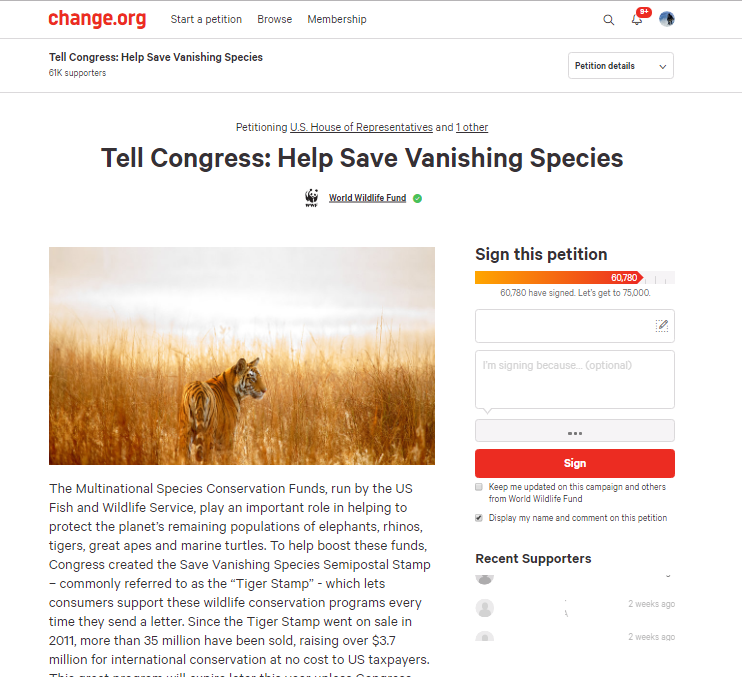 Change.org, Care2 and other petition sites can be great places to start a new donor acquisition campaign, especially for organizations that have a strong advocacy bent or a history of rallying people around a specific issue. Any organization can create a petition on a site like Change.org for free, ask people to sign it in support of their cause, and then download the names, city, state and zip code of all signers. You can also ask those who sign your petition to provide their email address, and if they opt in to share that information, you can download and use it in your email campaigns, solicitations and more.
Change.org, Care2 and other petition sites can be great places to start a new donor acquisition campaign, especially for organizations that have a strong advocacy bent or a history of rallying people around a specific issue. Any organization can create a petition on a site like Change.org for free, ask people to sign it in support of their cause, and then download the names, city, state and zip code of all signers. You can also ask those who sign your petition to provide their email address, and if they opt in to share that information, you can download and use it in your email campaigns, solicitations and more.
As with Facebook lead ads, we don’t suggest jumping directly into asking those who signed a petition to give. Instead, warm them up with a series of educational emails, engagement on social media, and other “light touches”.
Targeting varies by platform, but most petition sites allow you to choose specific regions and demographic criteria.
Choosing a resonant topic or cause to base your petition on is essential to the success of this sort of campaign. This guide from Change.org is a great starting point if you’re looking for ideas.
Digital New Donor Acquisition Campaign Type 3: Digital Peer-to-Peer Campaigns
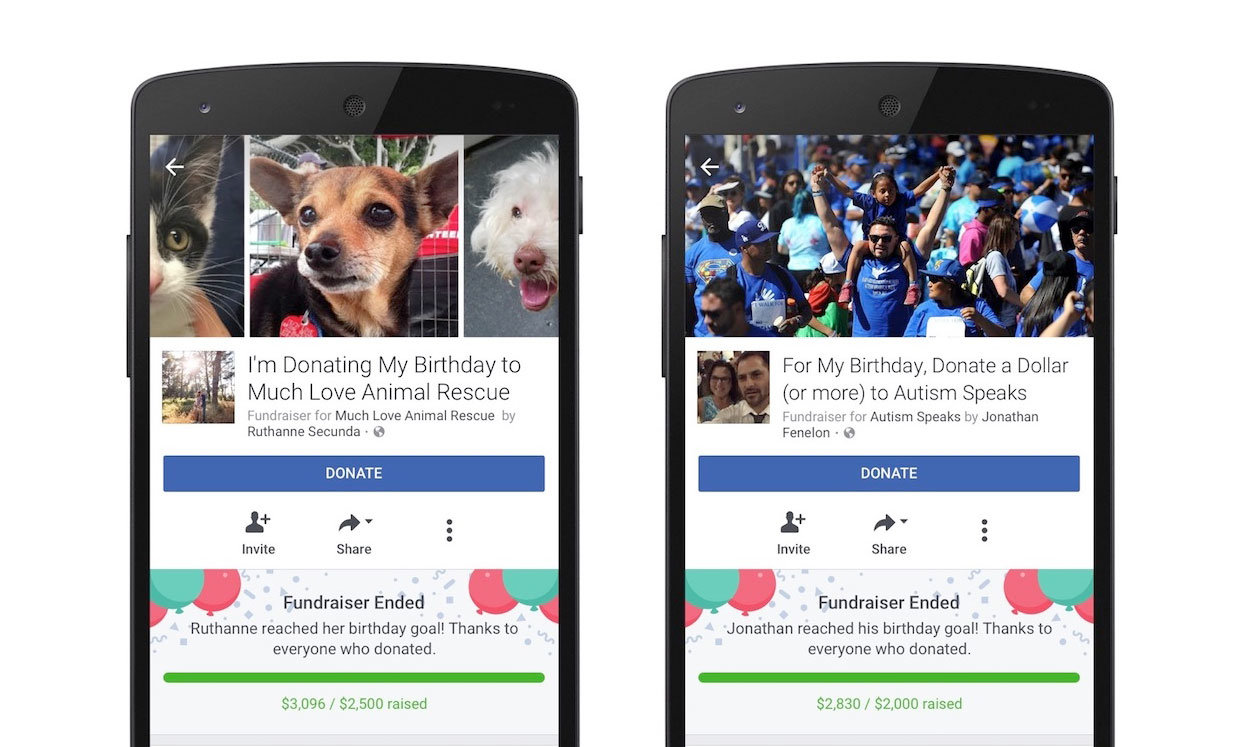 Peer-to-peer fundraising isn’t just for runs or walks anymore. In fact, peer-to-peer fundraising is extremely popular among millennials; 43% of millennials have given in a peer to peer campaign, and most of this giving is happening online. While birthday campaigns like those first introduced by charity: water and popularized by the Facebook birthday fundraising tool might be the first thing to come to mind when you think about digital peer-to-peer fundraising, the birthday campaign is only the beginning. You can encourage your existing supporters to start campaigns where they ask their peers to give in honor of an anniversary, in memoriam of a loved one, in celebration of the passage of new laws or policies, and more. The options are endless. Just make sure you have the proper tech in place to make it as easy as possible for your community to rally their peers in support of your cause.
Peer-to-peer fundraising isn’t just for runs or walks anymore. In fact, peer-to-peer fundraising is extremely popular among millennials; 43% of millennials have given in a peer to peer campaign, and most of this giving is happening online. While birthday campaigns like those first introduced by charity: water and popularized by the Facebook birthday fundraising tool might be the first thing to come to mind when you think about digital peer-to-peer fundraising, the birthday campaign is only the beginning. You can encourage your existing supporters to start campaigns where they ask their peers to give in honor of an anniversary, in memoriam of a loved one, in celebration of the passage of new laws or policies, and more. The options are endless. Just make sure you have the proper tech in place to make it as easy as possible for your community to rally their peers in support of your cause.
Yes, new donor acquisition is a lot of work. But it’s absolutely necessary for any organization that wants to ensure long-term sustainability.
Have you found other ways to use digital tools to acquire and nurture new donors? Tell us about them in the comments.
Do You Need Help Collecting Donor Research?
Get started with our Donor Targeting Research Spreadsheet Template.
